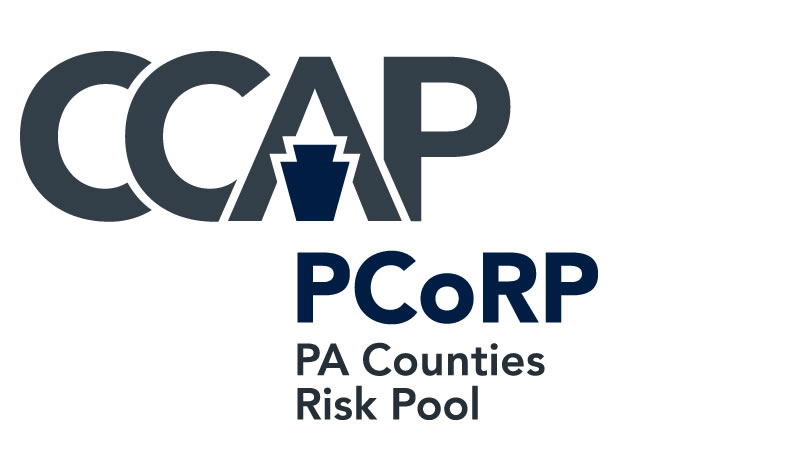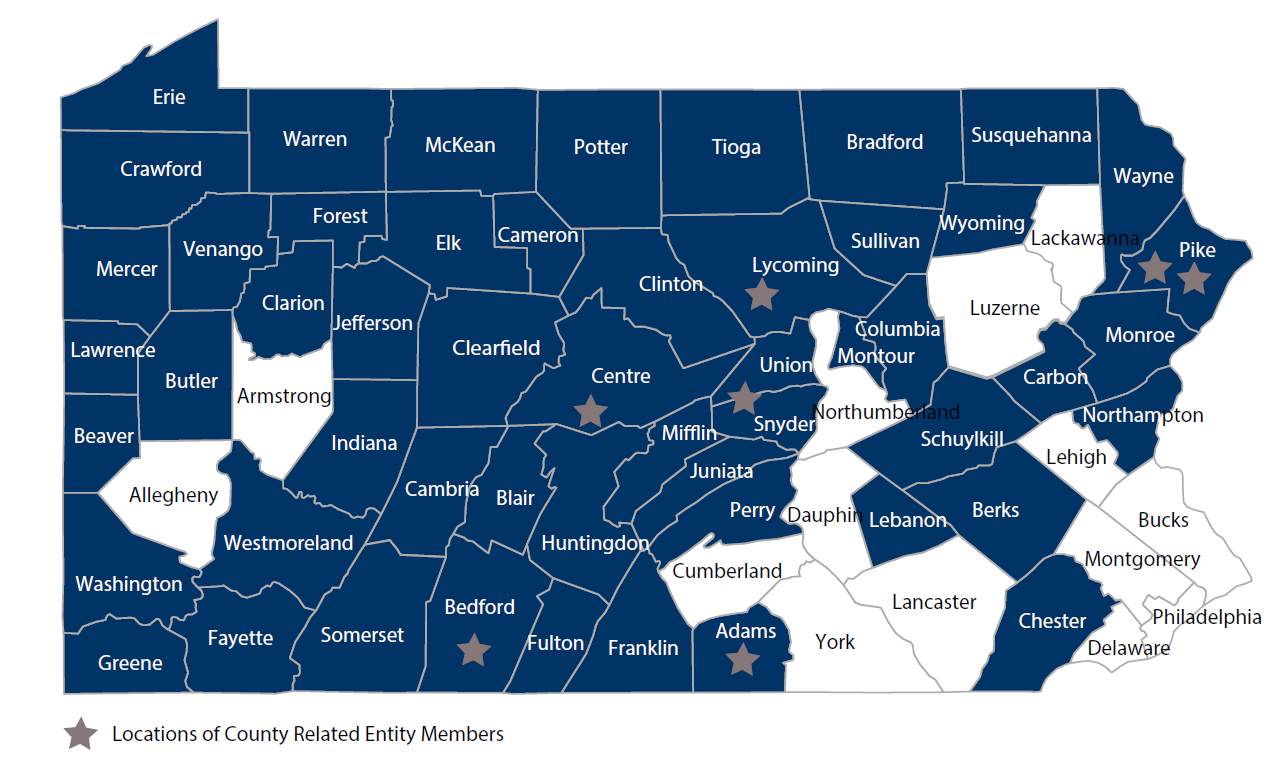
The Pennsylvania Counties Risk Pool
(PCoRP) provides property, liability, automobile and other related coverages, risk control, claims services and training to Pennsylvania counties and county related entities.
Questions?
Questions concerning our PCoRP Program, including requests for an application, should be directed to
Membership Listing

Creation of PCoRP
History of PCoRP
The Pennsylvania Counties Risk Pool was created by the County Commissioners Association of Pennsylvania as a result of the "hard market" in liability insurance in the mid-1980's. Many Pennsylvania counties could not obtain liability and other insurance coverages, and if they could find a company willing to cover the county, the cost was usually prohibitive. Counties turned to their association for assistance.
After a great deal of investigation, data collection, and a detailed formal request for proposal process, CCAP formed PCoRP in April 1987. Based on the All Lines Aggregate (ALA) insurance concept, the program is a unique combination of self insurance, commercial insurance and loss control. With 30 years in operation, sixty counties and county related entities presently participate in PCoRP.
Program Governance
PCoRP is an intergovernmental coverage pool. Counties enter PCoRP by adopting the program's bylaws. The bylaws set forth the governance of the program and the rights and responsibilities of the members. A copy of the bylaws is available from CCAP. Each member county appoints a representative to the PCoRP Board of Delegates. The Delegates hold an annual meeting each year in conjunction with CCAP's Fall Conference, and must approve amendments to the PCoRP bylaws. The Delegates elect, from themselves, the five elected members of the PCoRP Board of Directors.
PCoRP is governed by a thirteen member Board of Directors, seven elected by the participating counties through their Delegates and six appointed by CCAP. No county may have more than one representative on the Board. The Board is responsible for setting policy and directing the operations of PCoRP. The Board meets at least four times a year. The PCoRP Underwriting Committee, a subcommittee of the Board, deals with claims issues and coverage questions.
PCoRP's Legal Counsel is Barbara Zemlock.
Program Goals
PCoRP's purpose is to provide property, liability, automobile and other related coverages to Pennsylvania counties.
The goals of PCoRP are:

